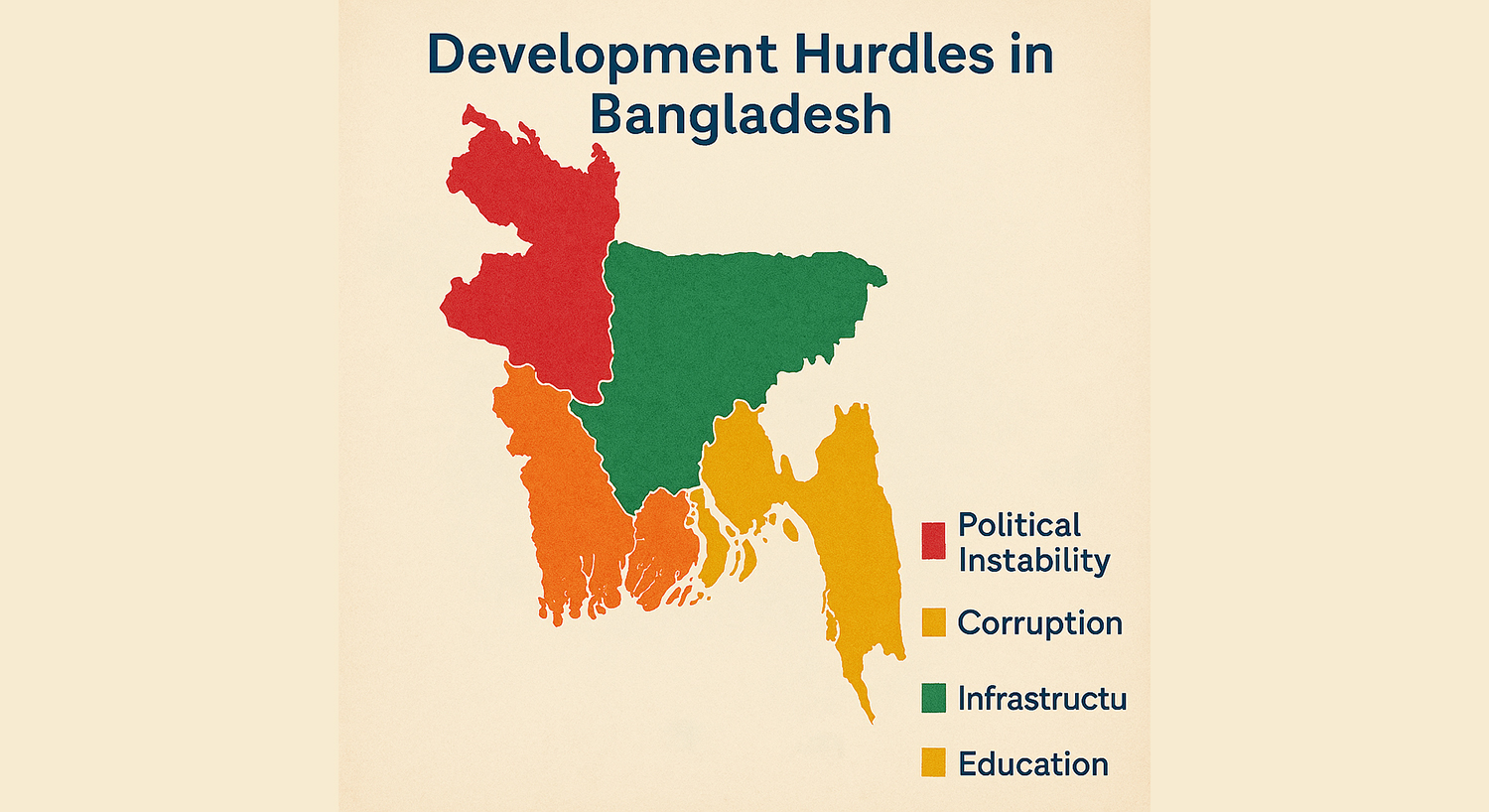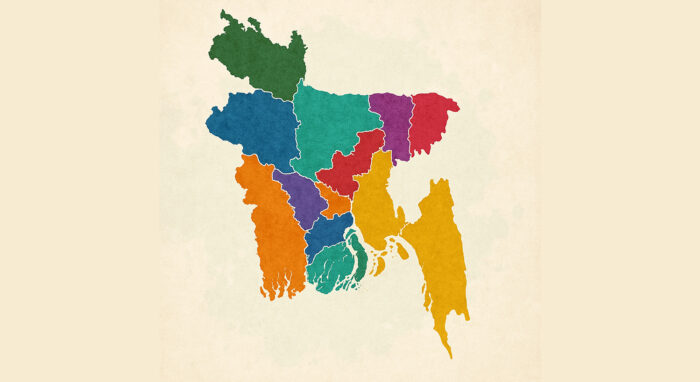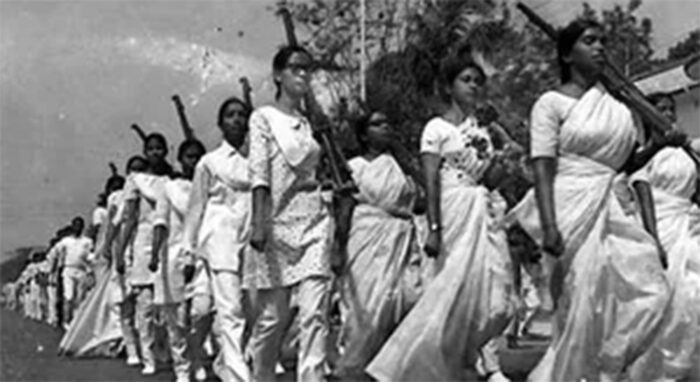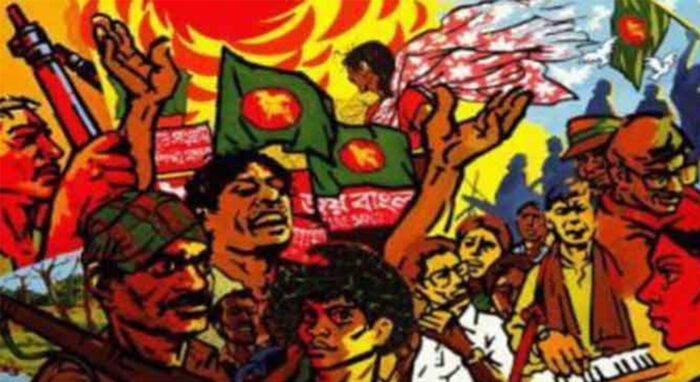
Bangladesh's development hurdles
What are the main obstacles to Bangladesh’s development?
Bangladesh is a promising country in South Asia, with significant growth in economic progress, human development indicators, and global recognition over the past few decades. However, behind this progress lie numerous complexities, obstacles, and structural weaknesses that pose major challenges to sustainable development. Let’s analyze the key problems hindering Bangladesh’s development.
1. Political Instability and Misgovernance
Bangladesh’s political culture has long been influenced by partisan division, violence, and undemocratic power practices.
• Weak democratic institutions: The judiciary, election commission, and administrative structures cannot operate independently of political influence.
• Use of state resources for party interests: The ruling party often uses state assets and administration for its own benefit, which undermines good governance.
• Electoral irregularities and violence: Elections are often marred by violence, manipulation, and suppression of opposition, disrupting development continuity.
2. Corruption and Lack of Accountability
According to Transparency International, Bangladesh consistently ranks low on the corruption index.
• Administrative corruption: Bribery and nepotism are prevalent in government jobs, project approvals, and tender processes.
• Barriers to business environment: Investors are reluctant to take risks due to corruption, resulting in reduced foreign investment.
• Lack of accountability: There are very few examples of effective action against those accused of corruption.
3. Weaknesses in the Education System
Although education is the backbone of a nation, Bangladesh’s education system has yet to reach the desired standard.
• Lack of quality education: Curricula offer limited scope for analytical thinking, research, and technological skills.
• Disconnect between education and labor market: A large portion of educated youth are not job-ready, leading to rising unemployment.
• Educational inequality: There are vast differences in education quality between urban and rural areas, and between rich and poor.
4. Infrastructure Weaknesses
Although projects like the Padma Bridge, metro rail, and Karnaphuli tunnel have been implemented, overall infrastructure remains weak.
• Transportation issues: Rural roads, railways, and waterways need development.
• Power and energy crisis: Uninterrupted electricity supply is essential for industrialization, which is yet to be ensured.
• Lack of urban planning: Major cities like Dhaka and Chattogram suffer from unplanned urbanization, waterlogging, and waste management problems.
5. Population and Employment Challenges
Bangladesh has a population of around 170 million, with a large youth demographic.
• Unemployment: Every year, millions of young people enter the labor market, but sufficient jobs are not created.
• Dependence on remittance: An economy reliant on remittances is risky in the long term, especially as foreign labor markets evolve.
• Female employment: Although female participation is increasing, social and structural barriers still exist.
6. Climate Change and Natural Disasters
Bangladesh is one of the most climate-vulnerable countries in the world.
• Cyclones, floods, river erosion: Thousands of people are displaced every year.
• Threats to food security: Agricultural production is affected by climate change.
• Climate migration: People from coastal areas move to cities, increasing urban pressure.
7. Healthcare and Social Security
Despite progress in the health sector, many problems persist.
• Weak rural healthcare: There is a shortage of doctors, medicine, and infrastructure.
• Dominance of private sector: Due to poor quality in public hospitals, people are forced to seek expensive private care.
• Limitations in social safety programs: Programs like old-age allowance and widow allowance exist, but corruption and inadequacy are major obstacles.
8. Limitations in ICT and Innovation
Although the concept of Digital Bangladesh has been implemented, there are gaps in innovation and technological skills.
• Low investment in research and development
• Startup culture has not matured
• Gaps in ICT education and practical application
The major obstacles to Bangladesh’s development are complex and span political, administrative, social, and environmental dimensions. However, these challenges are not insurmountable. Through good governance, accountability, investment in education and technology, climate adaptation, and inclusive policies, they can be addressed. Development in Bangladesh should not be limited to GDP growth—it must be humane, sustainable, and just.
Related Posts

বাংলাদেশের উন্নয়নের পথে প্রধান সমস্যাগুলো কী কী?
বাংলাদেশ দক্ষিণ এশিয়ার একটি সম্ভাবনাময় দেশ, যার অর্থনৈতিক প্রবৃদ্ধি, মানব উন্নয়ন সূচকে অগ্রগতি এবং বৈশ্বিকRead More

What was the number of martyrs in the 1971 Liberation War?
The claim of 3 million martyrs is entirely unrealistic – there’s no logical basis toRead More

১৯৭১ সালের মুক্তিযুদ্ধে শহীদের সংখ্যা কত? ৩০ লক্ষ নাকি ২ হাজার?
৩০ লক্ষ কথাটা পুরোটাই অবাস্তব বয়ান, কোন যুক্তিতেই এটা মানা যায় না। আবার ২/৩ হাজারRead More

Comments are Closed